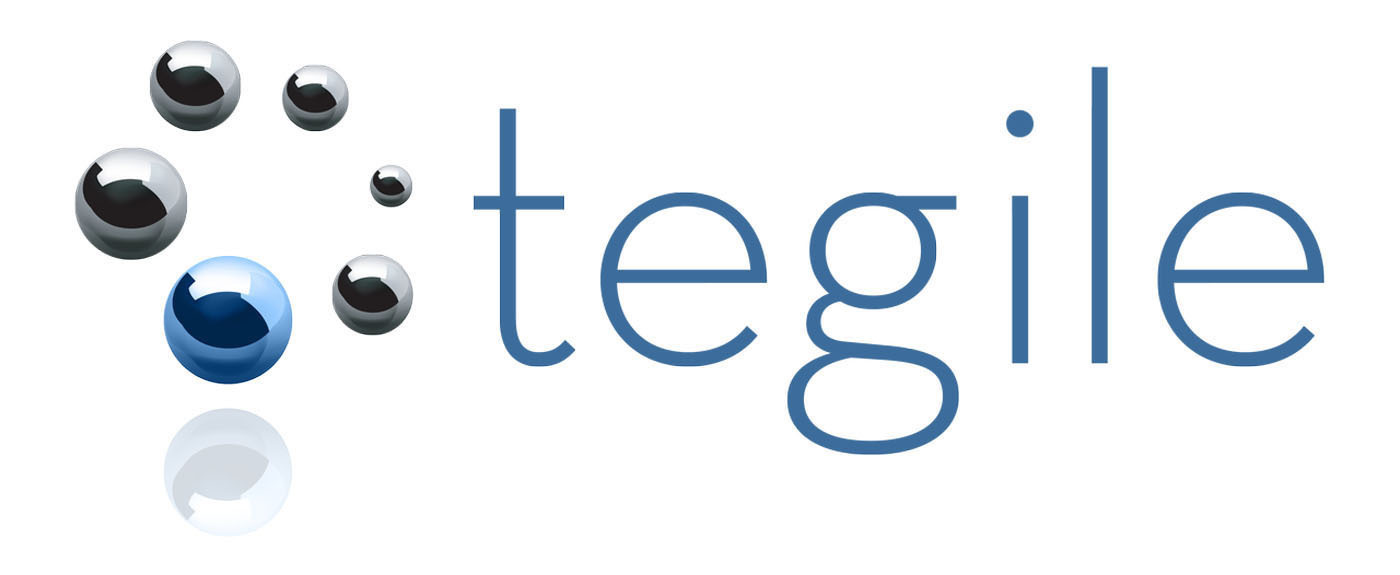Tegile Systems today launched a new reference architecture with Cisco Systems and VMware that dramatically lowers capacity and CPU utilization requirements in VDI environments, freeing up more resources to accelerate I/O performance. The integrated desktop virtualization solution offers users a simple, unified and scalable solution that provides faster deployments, greater flexibility of choice, efficiency and lower risk.
Successful reference architecture testing was performed with Cisco Unified Computing System B200 M3 servers, Cisco Nexus Switching 5000 series platform, Tegile Zebi HA2100 storage array and VMware View 5.1 with VMware vSphere 5 and supported 1,000 virtual desktops running average desktop user workloads. The Zebi hybrid storage array with in-line deduplication and compression enabled significant reductions in the amount of storage required to host the virtual desktops. The test met boot, login and steady-state requirements specified by VMware View Planner while providing an 83 percent capacity savings versus others’ compression-only solutions.
The reference architecture is not limited to just 1,000 users. A west coast university has been supporting over 7,000 student and faculty VDI instances with Tegile’s storage for over a year and has been more than pleased with the performance and economic advantages hybrid storage with in-line de-duplication brings to its university.
Benefits of the reference architecture featuring Cisco UCS, VMware and Zebi storage arrays include:
• High Performance – the reference architecture delivers a high-performance compute, network and storage platform with a rich set of virtual desktop features and functions with a deployment time of less than 30 minutes and boot logins in fewer than 5 seconds
• Storage Capacity Reduction – integrated in-line deduplication, compression and thin provisioning technologies dramatically reduce physical storage consumption while providing a multiplication of savings at no additional cost
• Reduced Server and Storage Footprint – designed with virtualization in mind, the reduced number of components enabled by Cisco UCS and efficient storage use through data reduction enabled by Tegile Zebi storage directly results in lower CAPEX and OPEX costs for VMware View VDI deployments
• High Availability –designed with redundant components and no single point of failure, the Cisco and Zebi systems provide proactive monitoring and alerts to enable a virtualized environment with fewer disruptions for end users
• Single Platform for Multiple Workloads – multiprotocol flexibility includes support for the customer’s choice of iSCSI, Fibre Channel and NFS for desktop images, while Microsoft Windows home folders for persistent data can be provisioned using CIFS
“A simplified, secure and scalable Cisco data center infrastructure solution for desktop virtualization saves time and money while enhancing productivity and business agility,” said Courtney Burry, Director of Product Marketing at VMware. “By validating a proof-of-concept architecture with Cisco UCS for desktop virtualization, VMware and Tegile Zebi storage arrays, we are able to quantify how the interoperable solution will benefit our joint customers and improve the end user experience by allowing them to be productive anytime, anywhere through VDI deployments.”
Tegile Zebi arrays leverage the performance of SSD and low cost per TB of high capacity disk drives to deliver up to seven times the performance and up to 75 percent less capacity required than legacy arrays. Zebi hybrid arrays combine Tegile’s patented MASS technology with high performance DRAM, solid state flash, Intel Xeon processors and high speed Ethernet or Fibre Channel, resulting in higher capacity and significantly higher performance. Maximizing capacity, on-the-fly de-duplication and data compression enable more hosted virtual desktops for a lower investment in storage and network infrastructure.
https://youtu.be/bPfG1q7V-FE
“This joint reference architecture was a true team effort between Cisco, VMware and Tegile and I want to thank all of those involved in making this happen,” said Alok Agrawal, vice president of customer engineering, Tegile Systems. “Storage is a critical element in the deployment of virtual desktop infrastructures. In a VM environment, you need a storage appliance that’s able to provide a good balance of read and write performance. We believe that deduplication for a VDI environment is the true differentiator with this particular reference architecture and provides significant value to our customers.”
 The SSD Review The Worlds Dedicated SSD Education and Review Resource |
The SSD Review The Worlds Dedicated SSD Education and Review Resource | 

